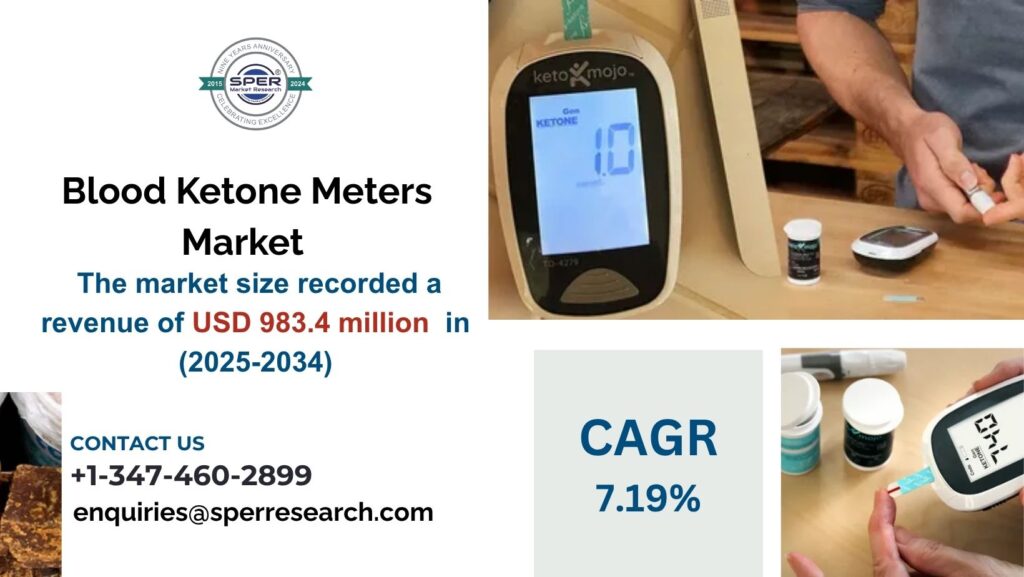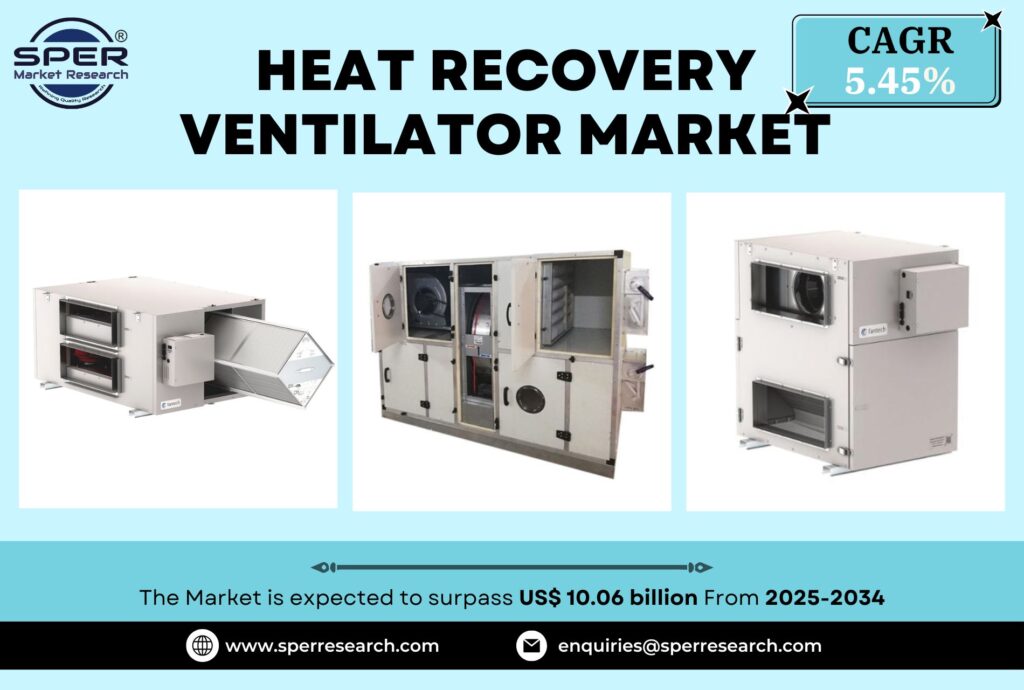A bounce house, also known as an inflatable castle or moonwalk, is a huge, air-filled building intended for children’s play and amusement. It is made of sturdy PVC or vinyl and provides a cushioned and safe environment for jumping, bouncing, and other vigorous activities at parties and gatherings. In the entertainment and event industries, bounce houses are popular due to their capacity to deliver safe, interesting, and interactive entertainment. They’re frequently seen at community fairs, school festivals, birthday parties, and rental businesses. Bounce houses have become an important component of modern recreational activities because they encourage physical exercise, social contact, and enjoyment.
According to SPER market research, ‘Global Bounce House Market Size- By Material, By Type, By Age Group, By End User – Regional Outlook, Competitive Strategies and Segment Forecast to 2034’ states that the Global Bounce House Market is predicted to reach 6.78 billion by 2034 with a CAGR of 4.35%.
Drivers:
The growing popularity of outdoor recreational activities is a major driver for the bounce house market. Families are increasingly looking for ways to involve their children in physical activities that improve health and well-being. Furthermore, the installation of sophisticated safety features in bounce houses is a key driver of market growth. Manufacturers are increasingly working on creating goods that exceed high safety regulations, ensuring that inflatable constructions are both durable and safe for youngsters. The bounce house market is growing in popularity as people become more aware of the health advantages of physical activity. Active play allows youngsters to develop motor skills, coordination, and social connection.
Bounce House Market Sample in PDF Format, Click Here
Restraints:
One of the most significant issues facing the bounce house market is the necessity to adhere to severe safety laws and standards. The Consumer Product Safety Commission has issued recommendations that manufacturers must follow, which can raise production costs and complicate the design process. Ensuring that products fulfill these safety standards is critical for avoiding legal issues and maintaining consumer trust. Secondary obstacles include seasonality of demand, which causes the bounce house industry to peak during summer months and decline during colder seasons. Manufacturers and rental organizations may face issues as a result of seasonality since they must efficiently manage inventories and cash flow throughout the year.
North America is the largest region in the global bounce house market, due to large part of the region’s well-established rental sector and the popularity of family-oriented events. Some of the key market players AirMyFun, Big Top Inflatables, Bounce Horizon, Bounceland, Eyecandy Inflatables, Inflatable HQ, Jungle Jumps, LMQ, Moonwalk USA, Titan Inflatables, and others.
For More Information, refer to below link: –
Related Reports:
North America Hot Tub Market Growth,
Pet Travel Accessories Market Growth
Follow Us –
LinkedIn | Instagram | Facebook | Twitter
Contact Us:
Sara Lopes, Business Consultant — USA
SPER Market Research
enquiries@sperresearch.com
+1–347–460–2899









